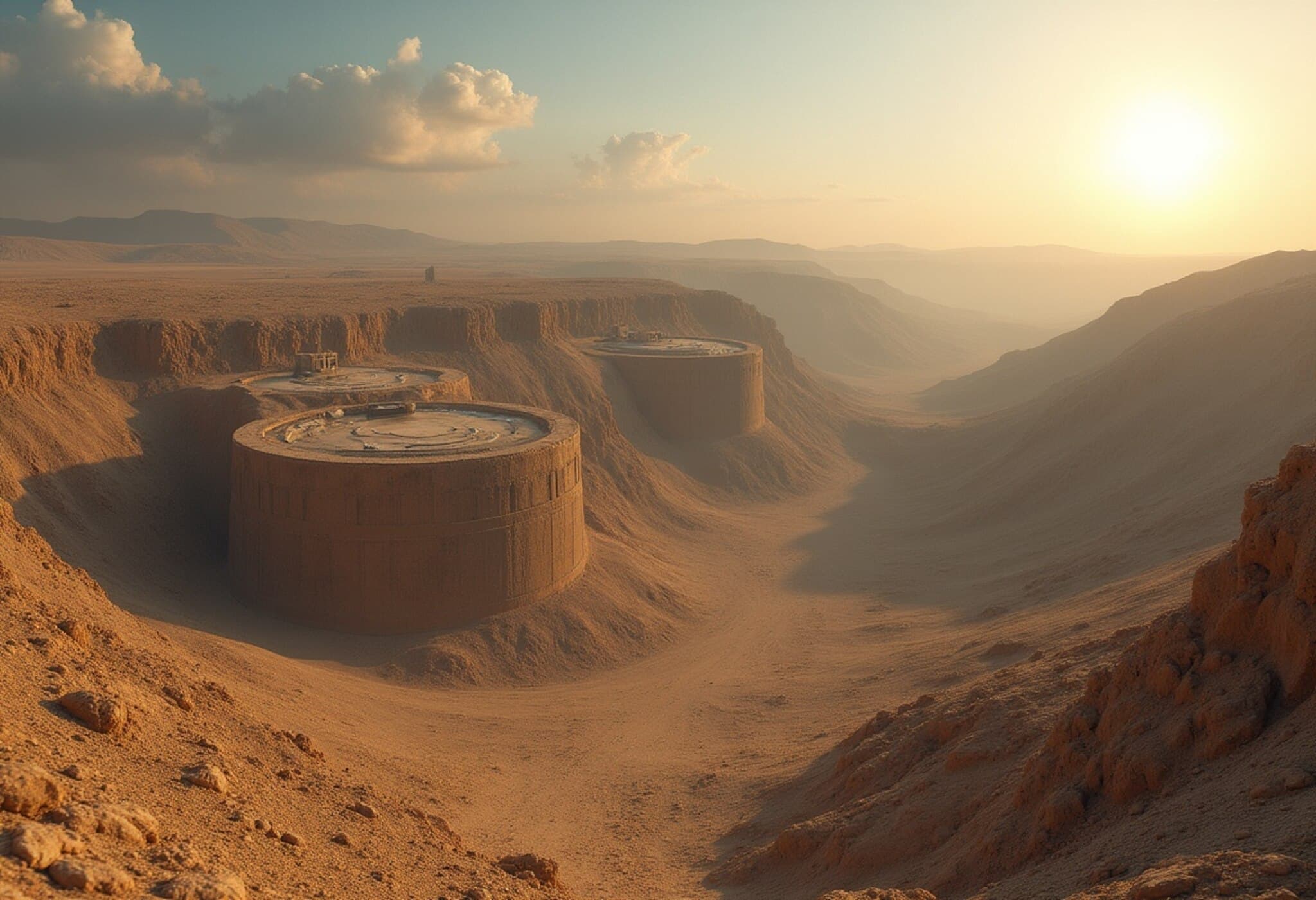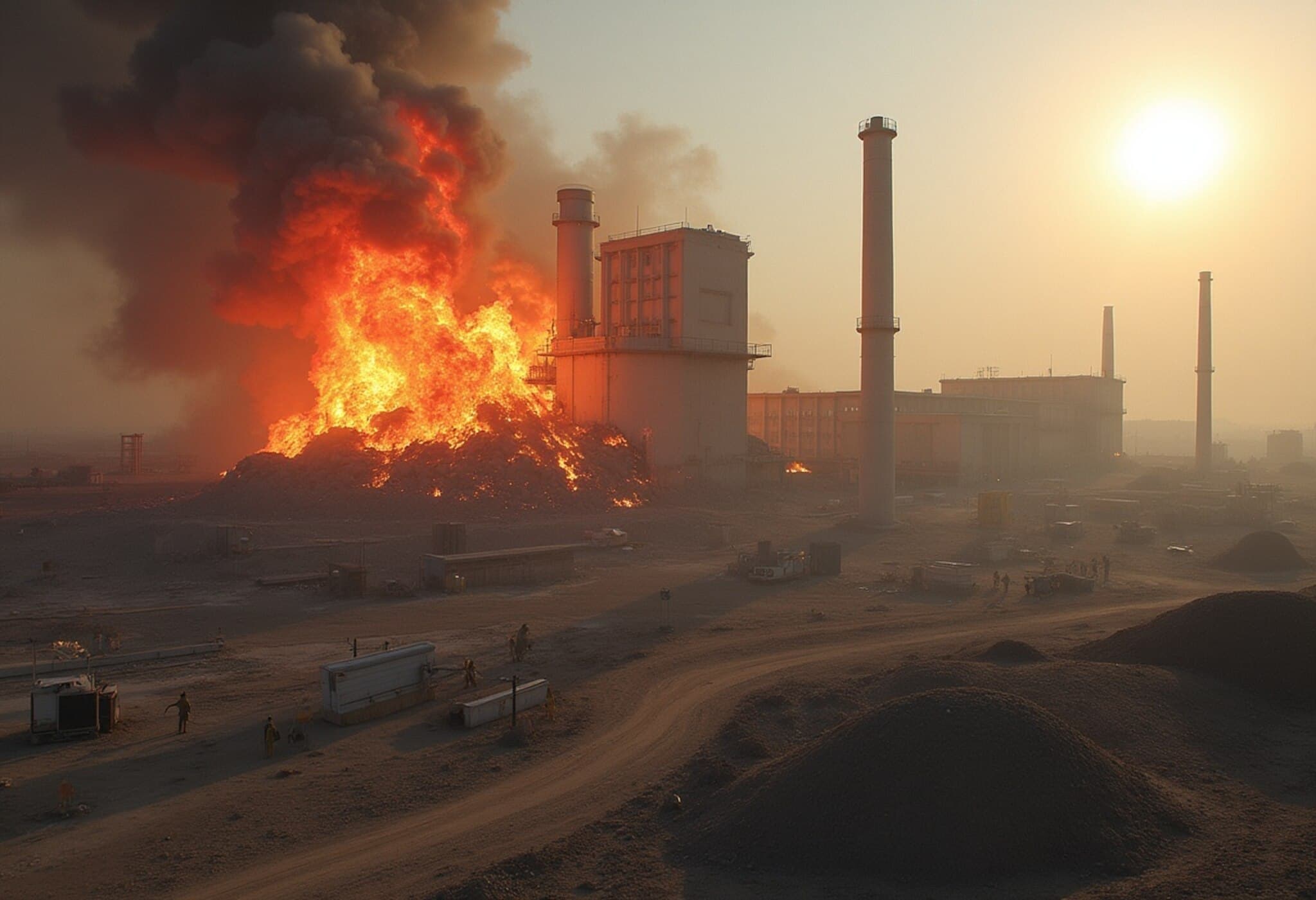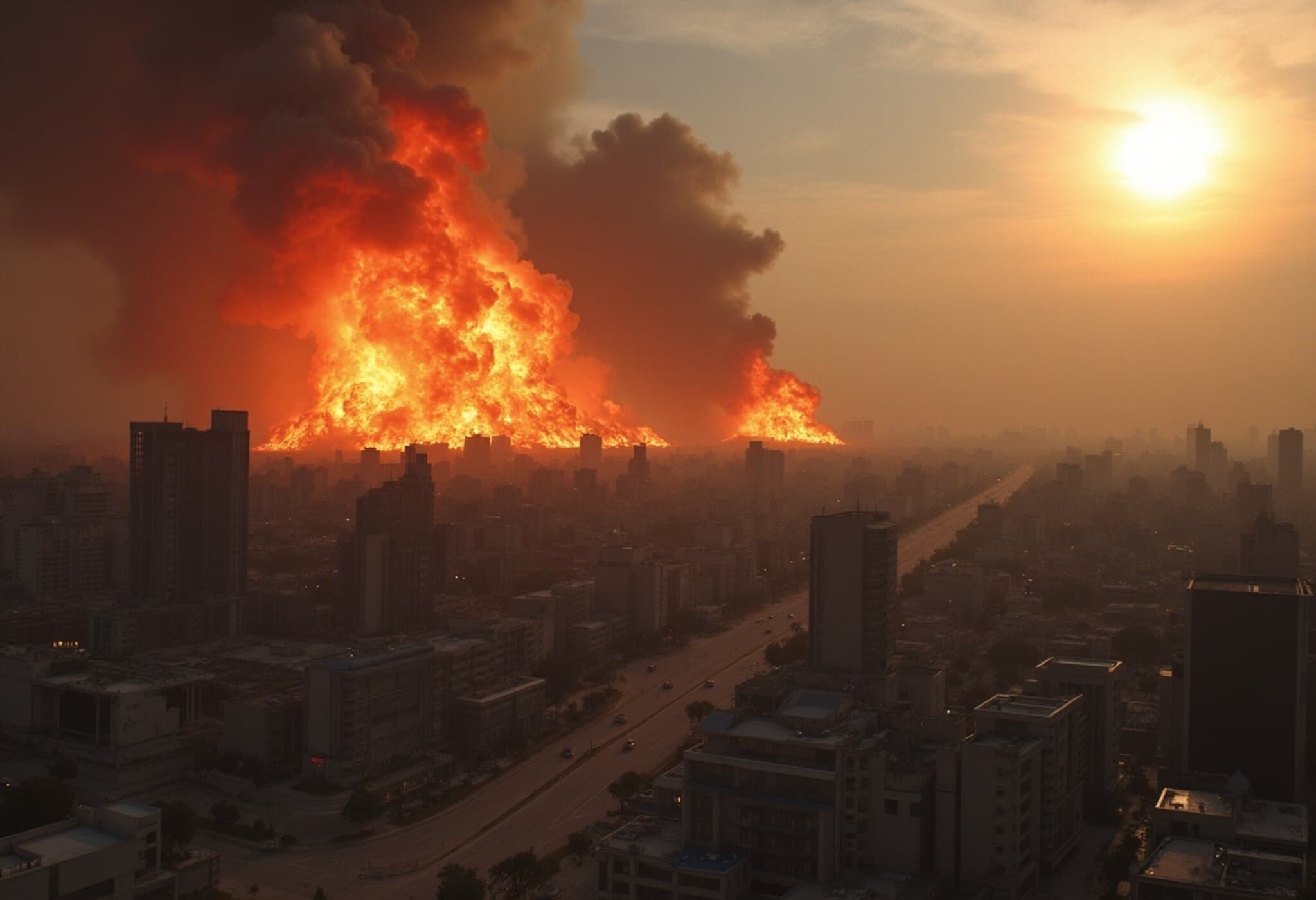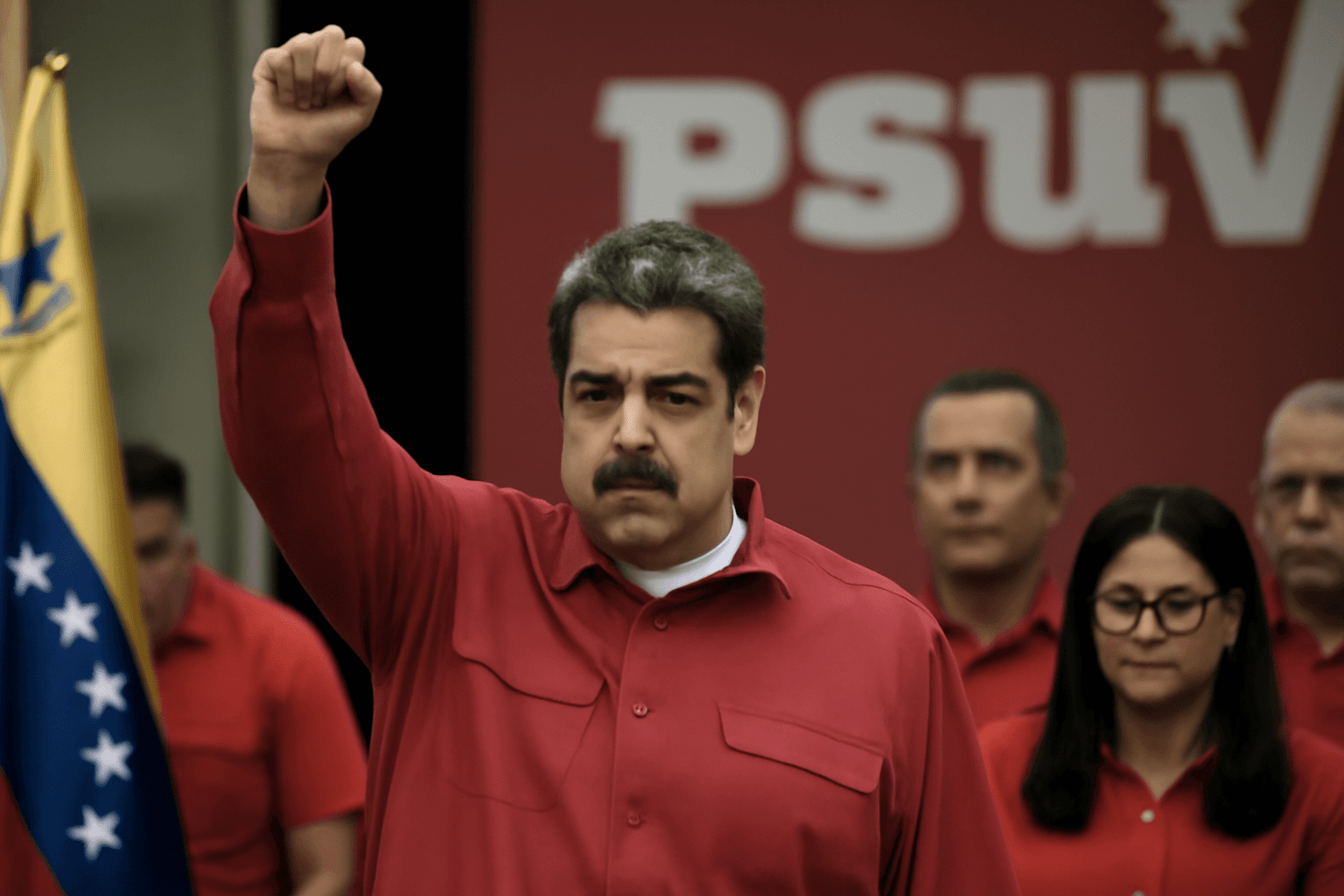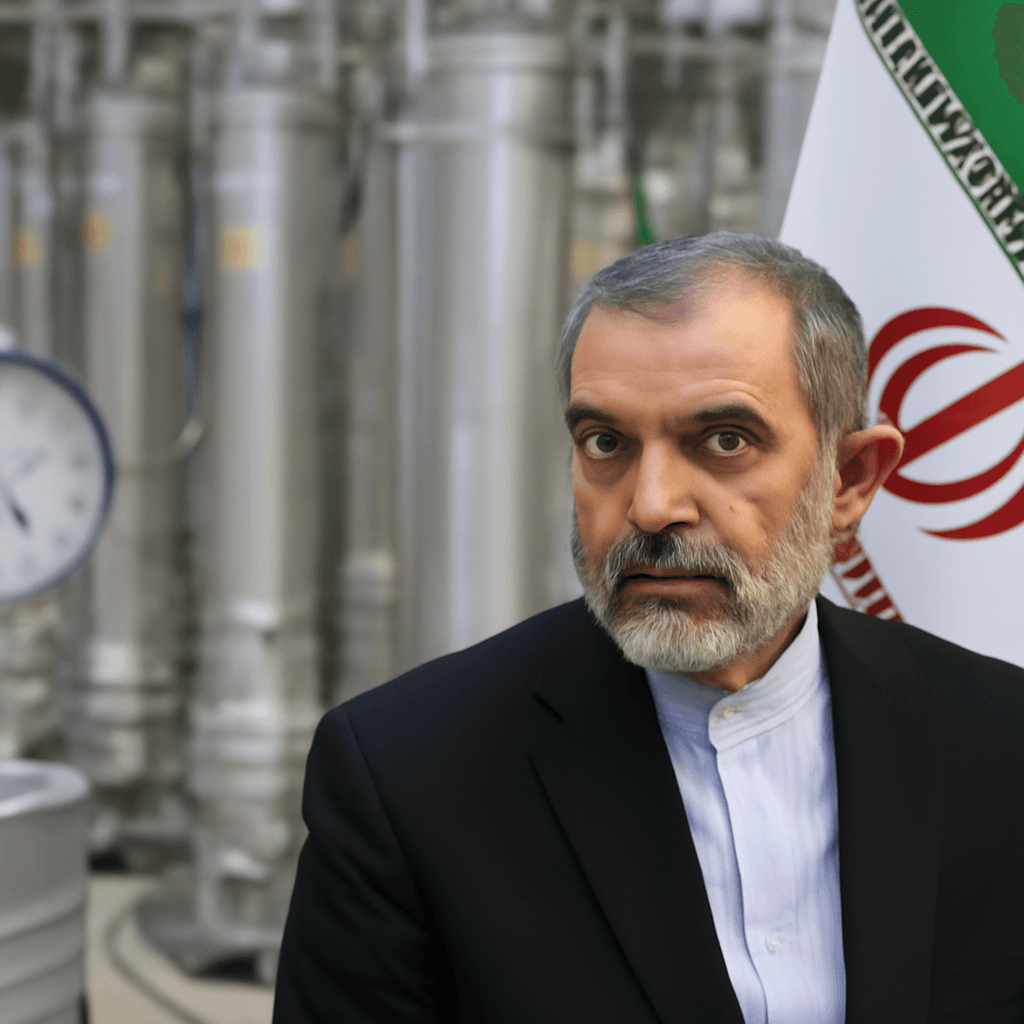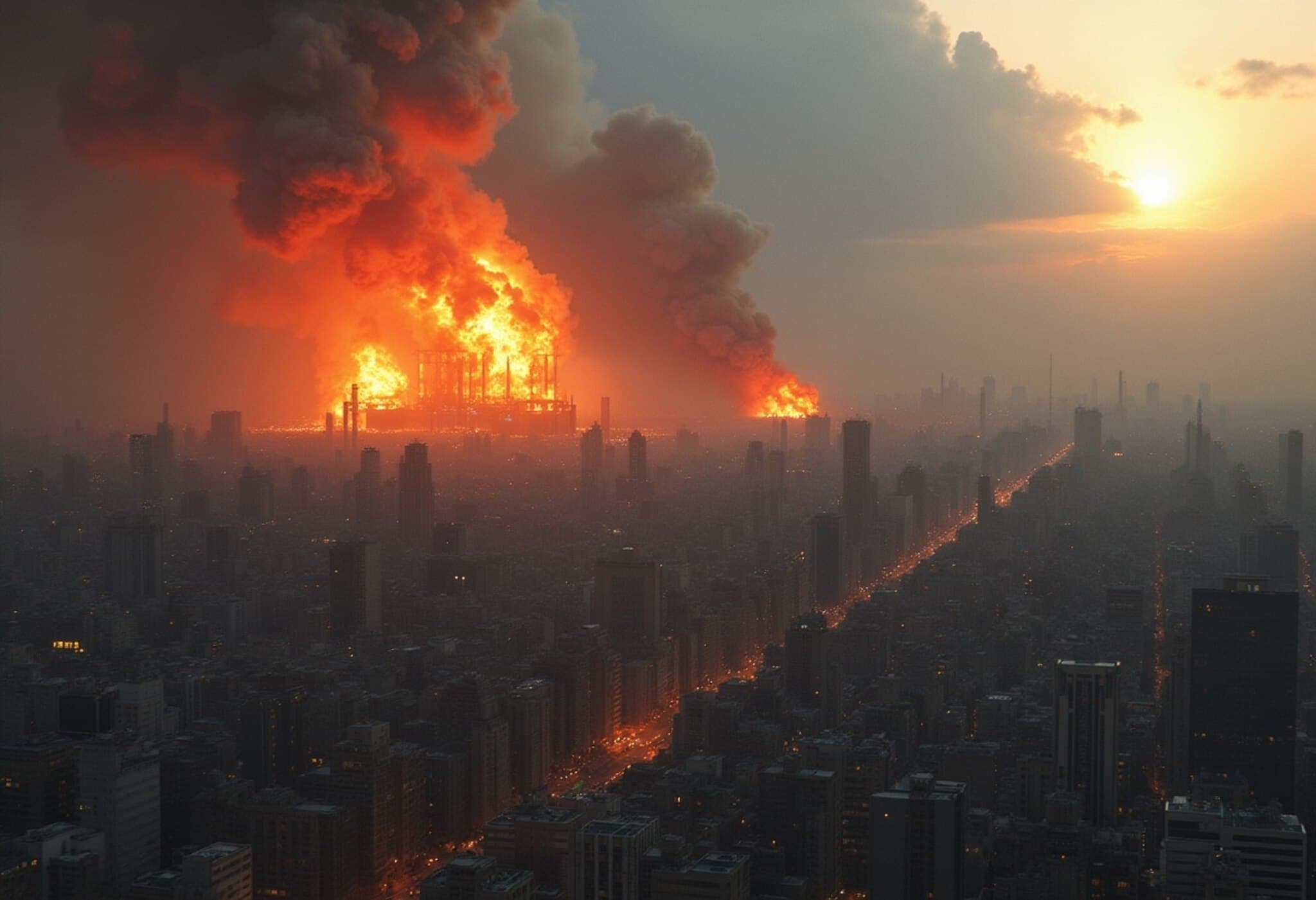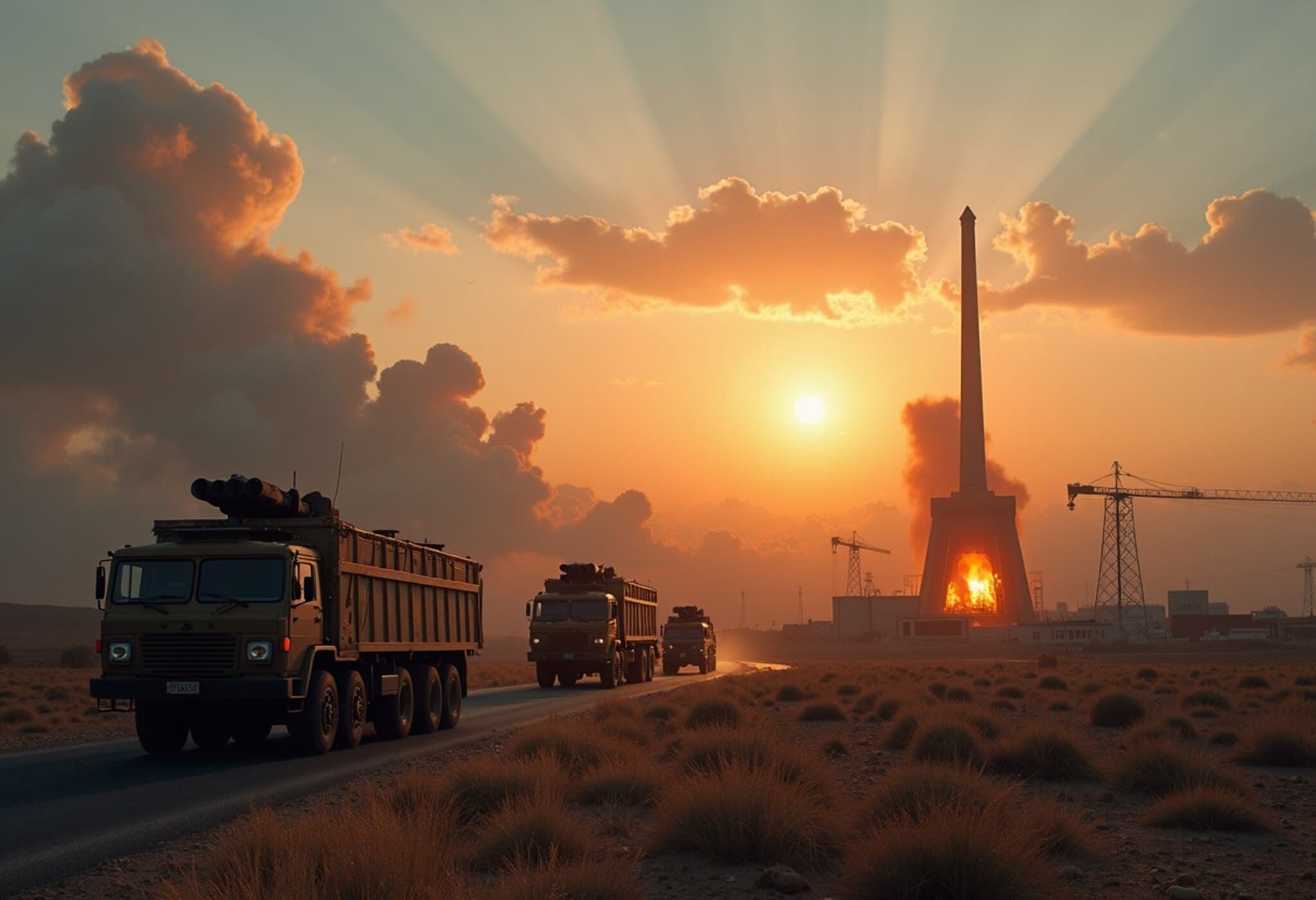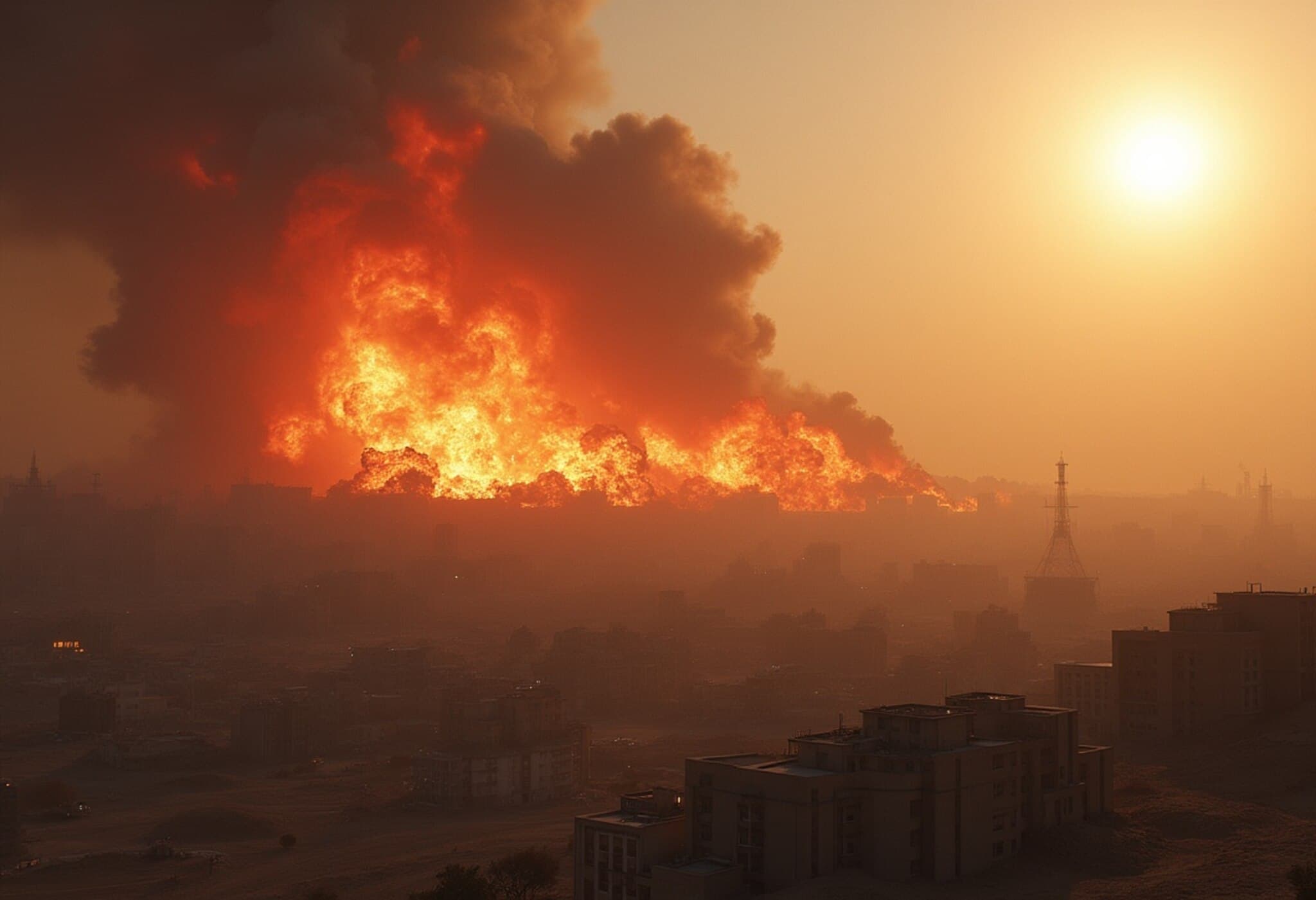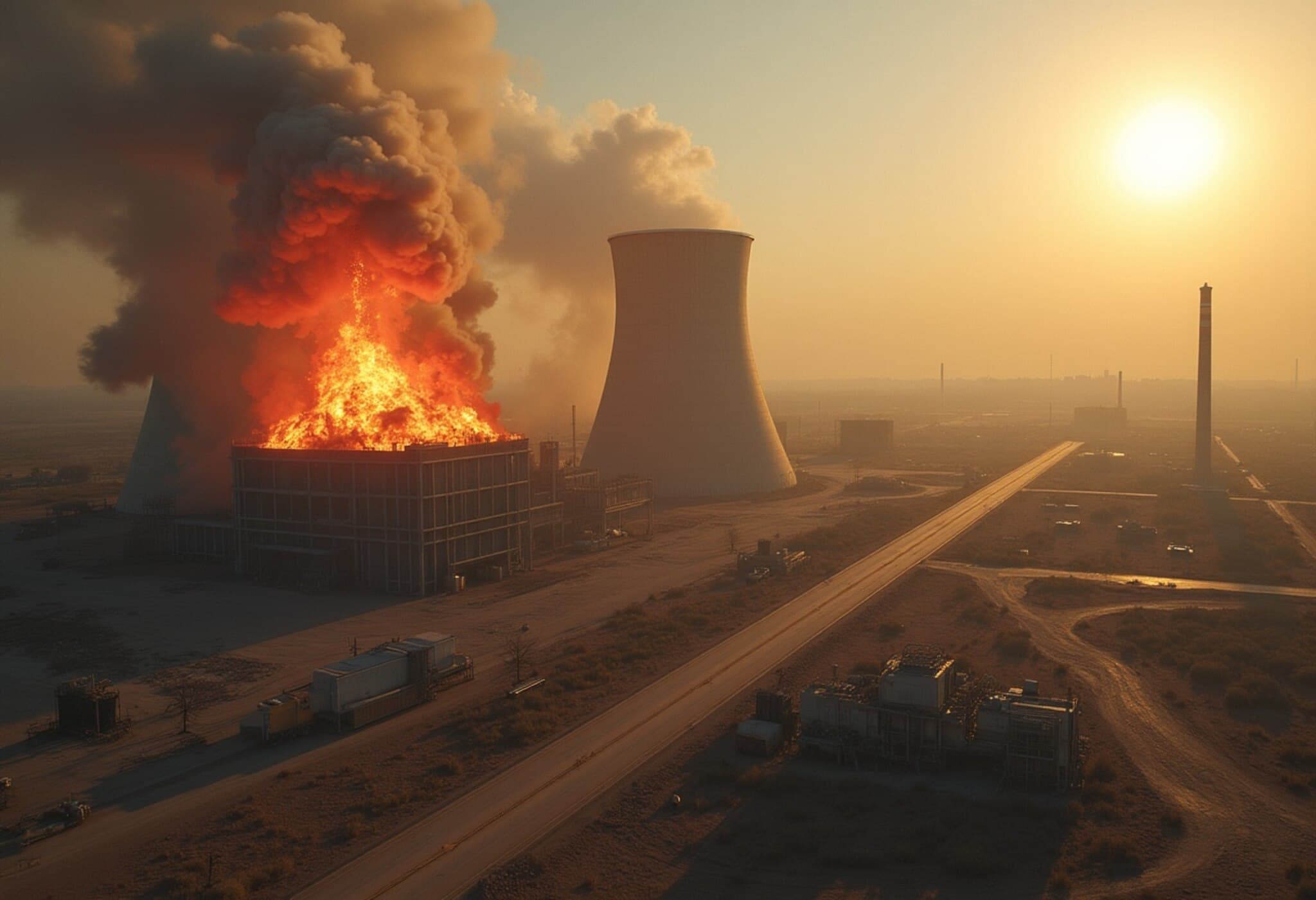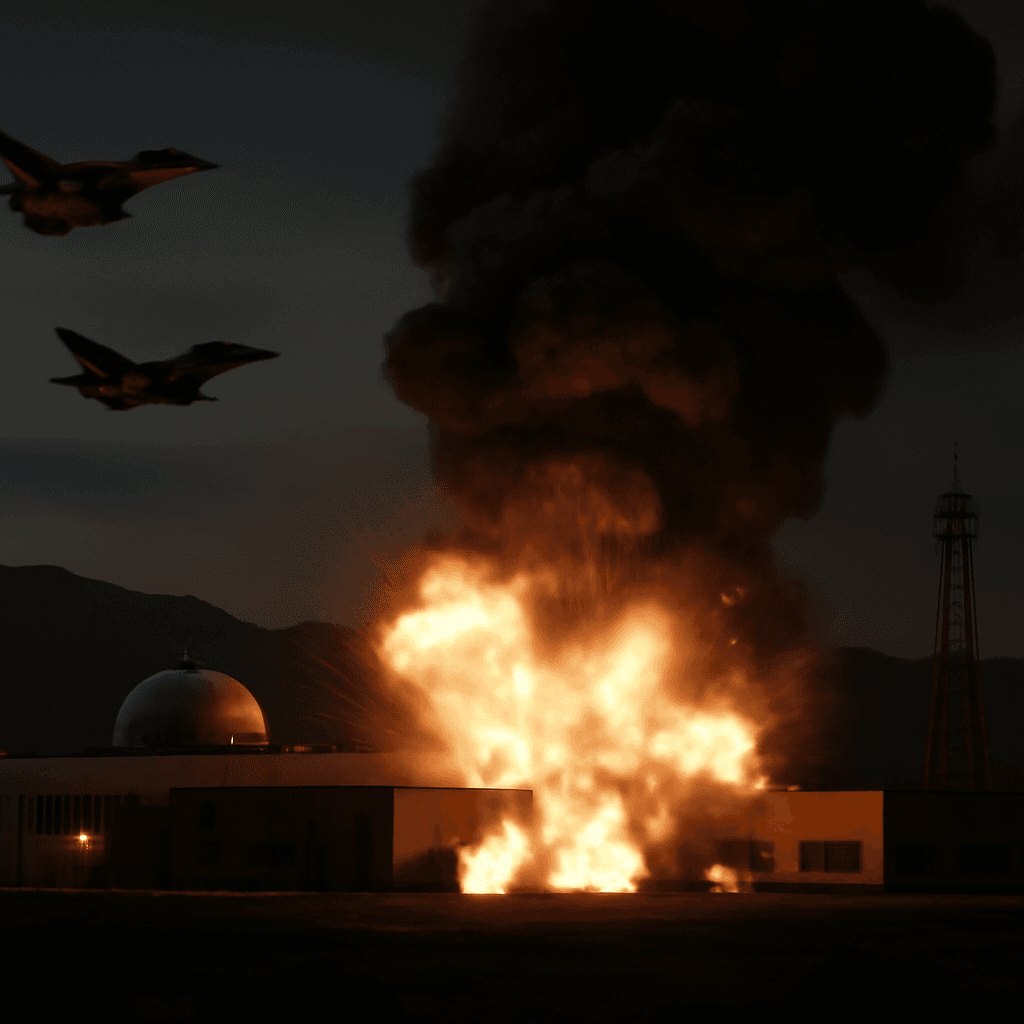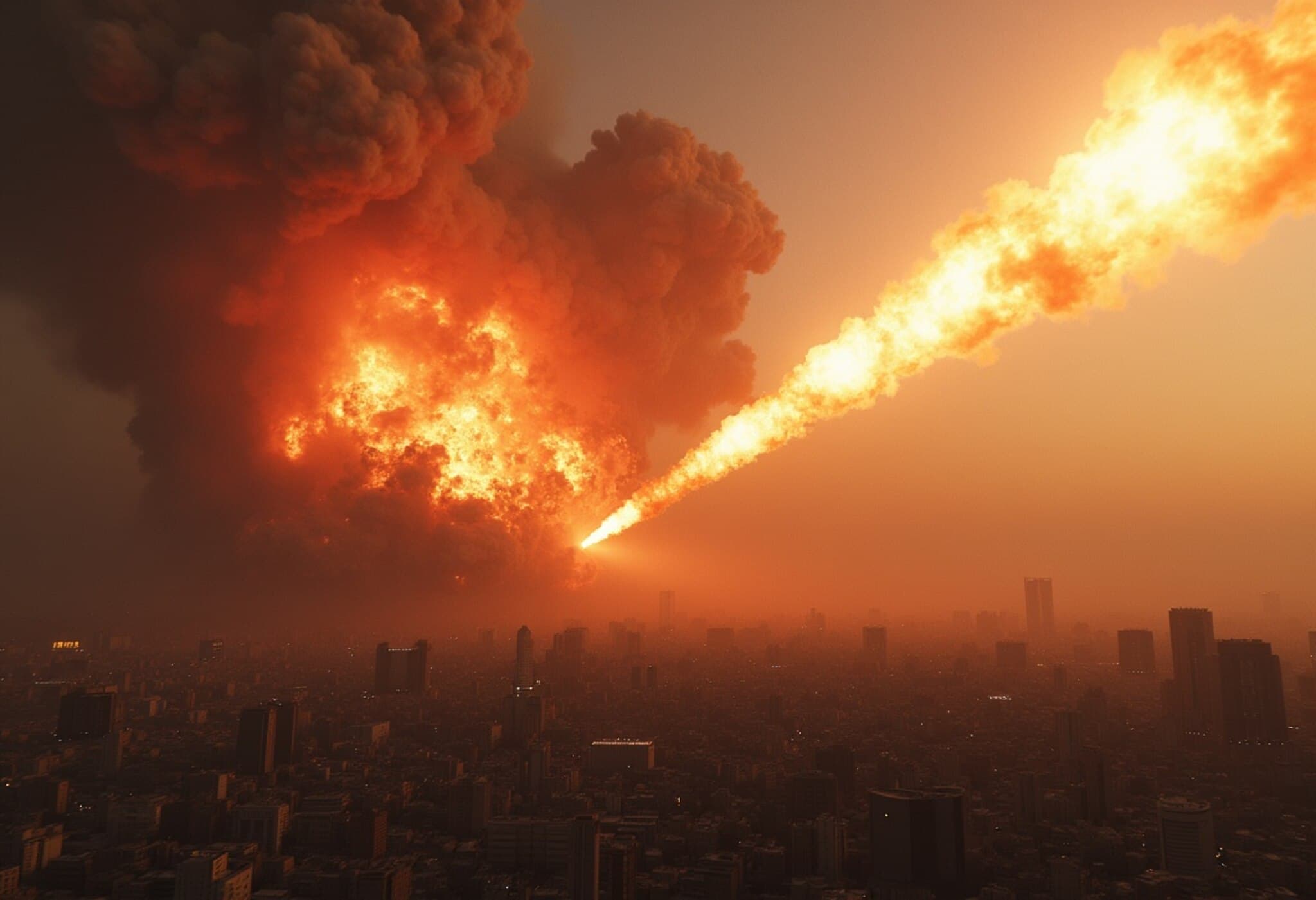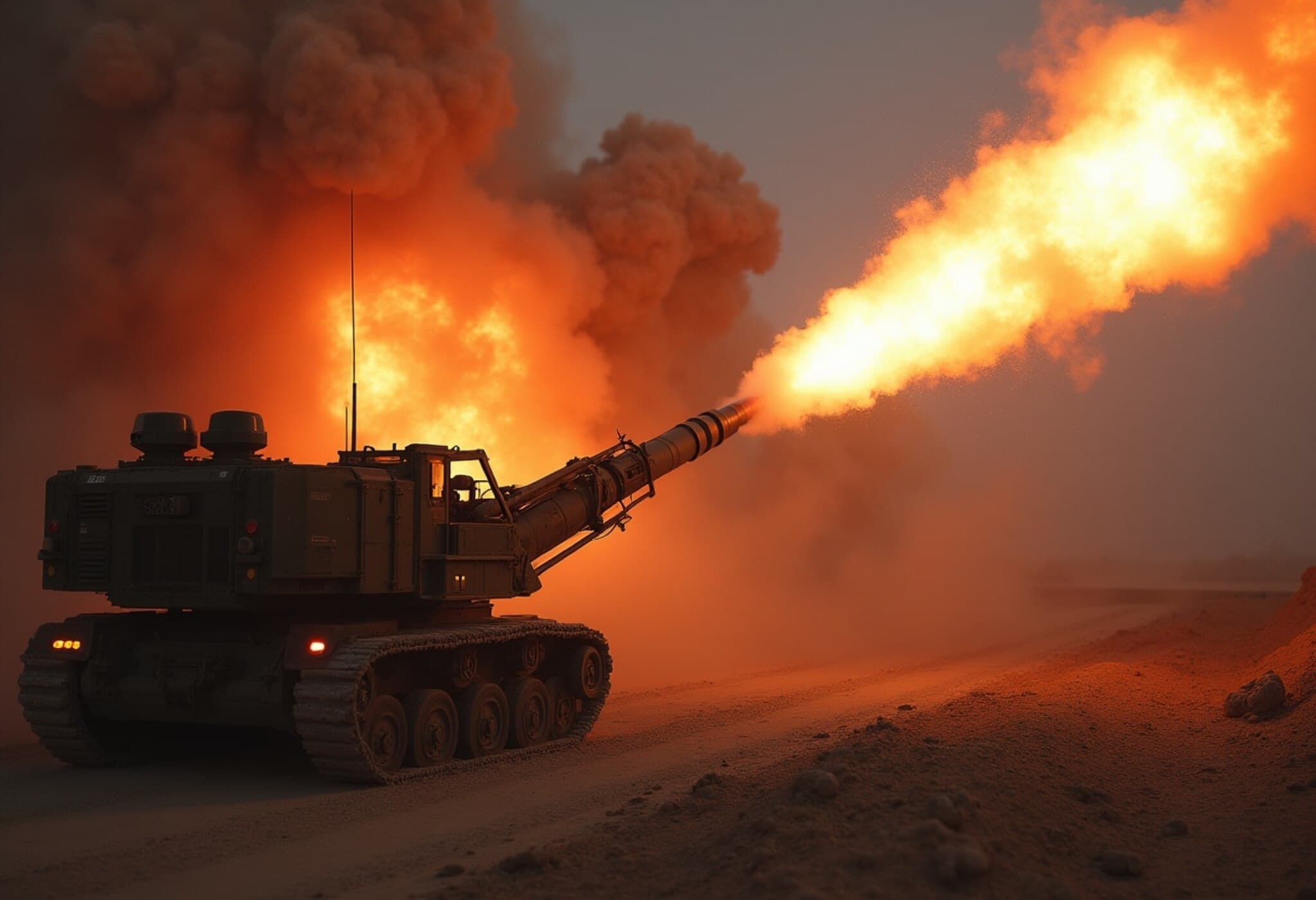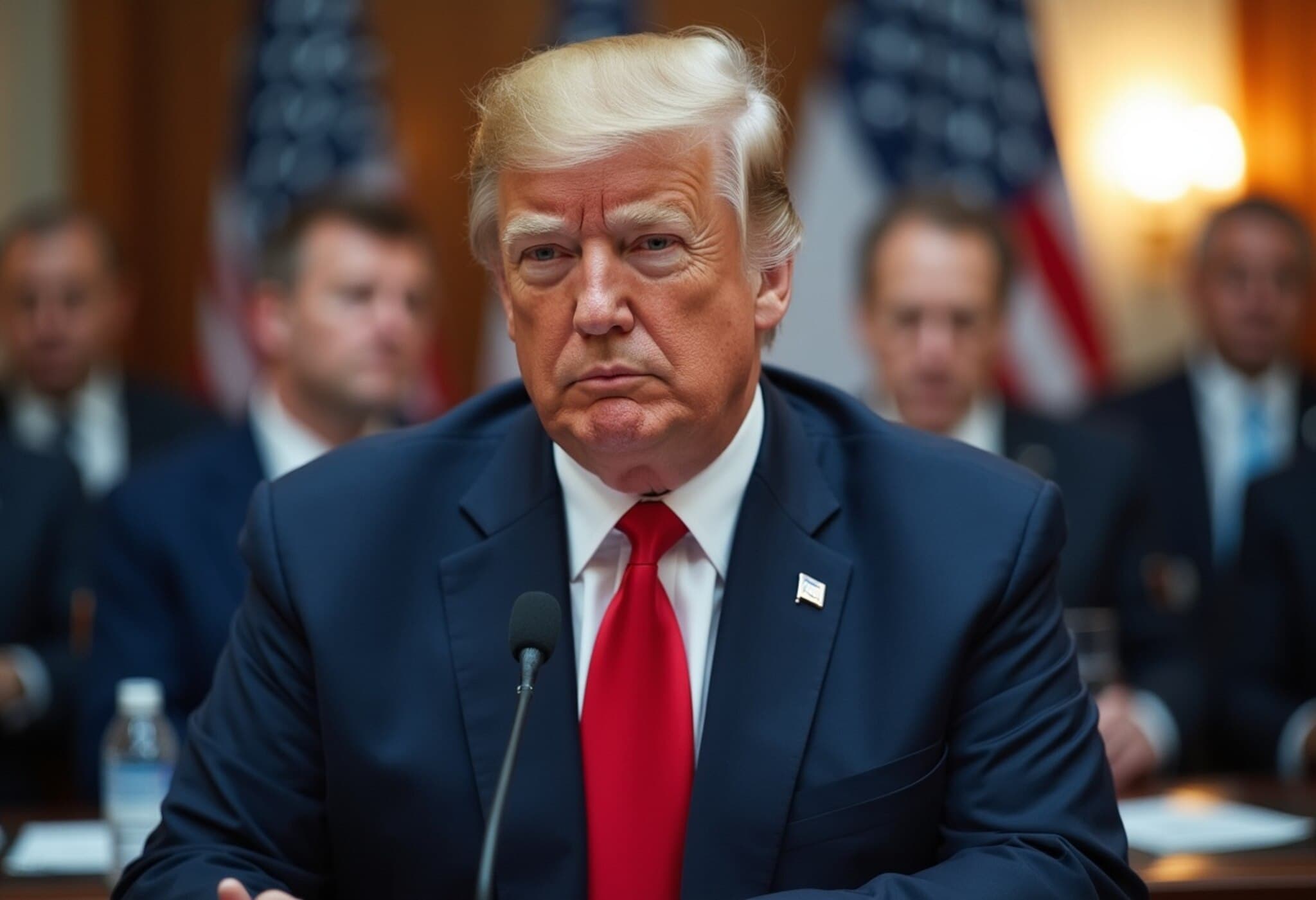Uncovering Pickaxe Mountain: Iran’s Mysterious Nuclear Site Near Natanz
Recent satellite imagery has cast a spotlight on Pickaxe Mountain, a fortified underground complex situated near Iran’s Natanz nuclear facility. This site has reignited global concerns amid revelations of a sprawling tunnel network and a heavily expanded security perimeter, hinting at Iran’s continued advancement in nuclear capabilities despite international pressure.
What Is Pickaxe Mountain?
Pickaxe Mountain, an informal name assigned by intelligence analysts, lies within the rugged Zagros mountain range approximately 145 kilometers south of Fordow. The site features intricate tunnels, bunkers, and reinforced entry points specifically designed to withstand aerial assaults, including bunker-busting bombs.
Satellite data reveals ongoing excavation work, new access roads, and a tightened security envelope — signs suggesting this is no ordinary facility. Experts speculate the complex serves either as a hidden uranium enrichment center or a secure vault for vital nuclear materials, possibly harboring uranium relocated prior to recent US and Israeli airstrikes on known nuclear sites.
The Missing Uranium Puzzle
Despite major strikes targeting Iran’s nuclear facilities such as Fordow, Natanz, and Isfahan, reports indicate that nearly 400 kilograms of uranium enriched up to 60% purity — alarmingly close to weapons-grade — remain unaccounted for.
Lines of cargo trucks spotted near Fordow shortly after the airstrikes further fuel suspicions that Iran moved sensitive stockpiles into secretive locations like Pickaxe Mountain to shield them from attacks.
International Atomic Energy Agency’s Concerns
Rafael Grossi, head of the International Atomic Energy Agency (IAEA), has repeatedly pressed Iran to clarify the activities at Pickaxe Mountain, but Tehran’s response has been dismissive. Grossi remarked, "We're asking them, what is this for? They are telling us, it's none of your business."
He warned that the possibility cannot be ruled out that undeclared nuclear material might be stored within the fortified tunnels. This opacity raises alarms about potential violations of nuclear agreements and complicates global non-proliferation efforts.
Assessing the Impact of U.S. Airstrikes
Contrary to prior claims that U.S. strikes inflicted crippling damage, confidential assessments show Iran’s nuclear program was only delayed by a few months. While two key facilities were temporarily sealed, the core underground structures remained unscathed, and Iran retained most of its nuclear material.
This assessment undercuts narratives of a decisive blow. It suggests Iran could be merely months away from advancing its nuclear weapons capability, especially if facilities like Pickaxe Mountain are operational and well-hidden.
The Road Ahead: Rising Tensions and Secrecy
In response to mounting international scrutiny, Iran’s parliament has recently voted to suspend cooperation with the IAEA, further clouding the agency’s ability to monitor nuclear activities.
Security experts warn that Iran may be ramping up uranium enrichment covertly within concealed sites like Pickaxe Mountain. As Ben Taleblu, a nuclear policy analyst, puts it, "A critical question remains whether Iran has already relocated fissile material into facilities like Pickaxe or other undisclosed locations."
Key Takeaways
- Pickaxe Mountain is an underground, fortified nuclear site near Natanz with extensive tunnels and reinforced infrastructure.
- Satellite images reveal ongoing construction, hinting at active nuclear material storage or enrichment.
- Nearly 400 kg of uranium enriched to nearly weapons-grade levels remain missing post airstrikes.
- The IAEA faces resistance from Iran in uncovering activities at Pickaxe Mountain, raising non-proliferation concerns.
- U.S. airstrikes set back but did not eliminate Iran’s nuclear capabilities, fueling suspicions of secretive uranium stockpiling.
The revelations surrounding Pickaxe Mountain underscore a precarious chapter in international nuclear diplomacy, as Iran’s discreet maneuvers challenge transparency and stoke geopolitical unease.

